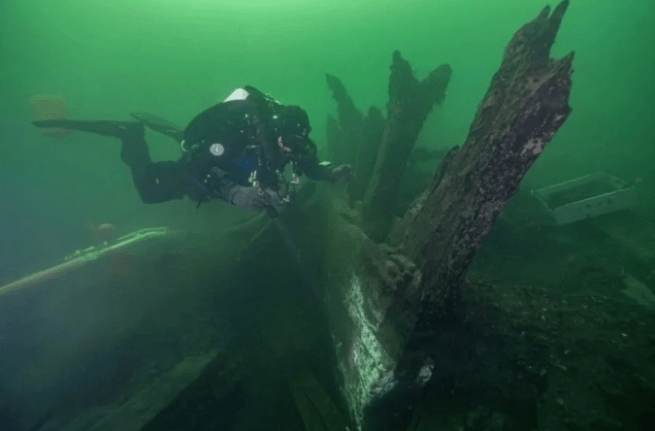
While diving under the sea, an archaeologist was startled to discover a “sea monster” hiding in a 500-year-old shipwreck
While diving in the sea near Stora Ekön island with the purpose of searching for specimens on the ship Gribshunden, professor Johan Ronnby and colleagues from the Blekinge Museum (Sweden) encountered something unexpected. They heard a sound like a dog growling coming from inside the ship.

When they went inside to explore, they were startled to discover that there was a ” sea monster ” with a strange shape hiding inside the ship’s hull. After careful examination, they found that this “sea monster” looked quite similar to a dog and the sounds they heard came from it. Therefore, they decided to salvage the ship to study it more closely.
Gribshunden is a royal ship that has been resting in the Baltic Sea for 500 years. The ship Gribshunden, which belonged to King John of Denmark, is said to have sunk in 1495 after it caught fire en route from Copenhagen to Kalmar (the East coast of Sweden).
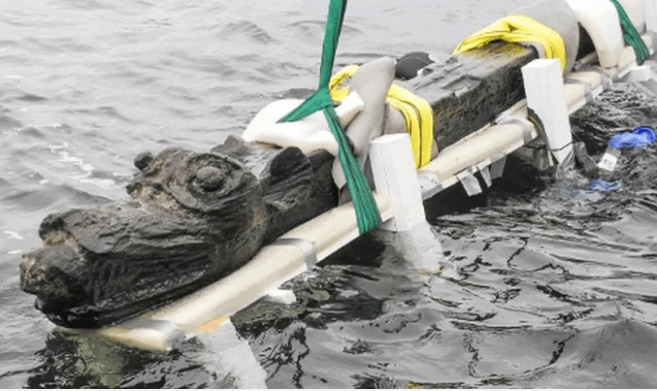
This “sea monster” is made of wood. It was used as a scarecrow to ward off evil spirits with a sound resembling a growling dog that may be due to its design. Scientists determined that this “sea monster” did not exist in any culture in Medieval Europe but looked like an artifact from a thousand-year-old temple in the Amazon jungle.
According to archaeologists , this “sea monster” is called Gribshunden. Gribshunden literally means “Griffin-Hound” but it is also possible that the name refers to a specific breed of dog. King John mentioned this name in a letter written in 1486. In it, the king wrote: “In navi nostra Griffone” (Barfod 1990: 81). This sentence means “In… Griffone”, the word “Griffone” can linguistically be considered an alternative form of “gryps” or “gryphus” (griffin) (A. Ijäs 2015, pers. comm. , June 27). This explains the existence of the “sea monster” on the ship.
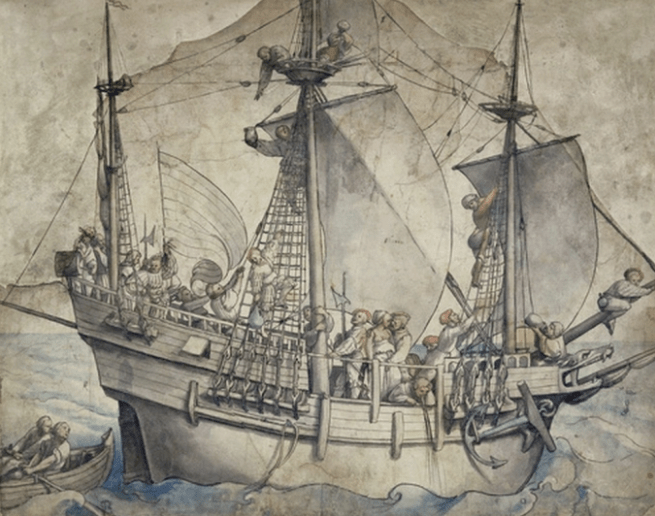
In addition to the wooden sea monster, people also found many other medieval armor, weapons and utensils on the ship.
It is known that the Gribshunden wreck was rediscovered by divers in the 1960s and 1970s. Gribshunden’s ruins are located at a depth of 10 m outside the island of Stora Ekön. The site is complex and much of the wreck remains buried in sediment. From 2000 to 2012, marine archaeologists recovered a number of artifacts during excavations. After a hiatus of several years, a new research initiative was launched in 2019 and discoveries continued in 2020 and 2021.
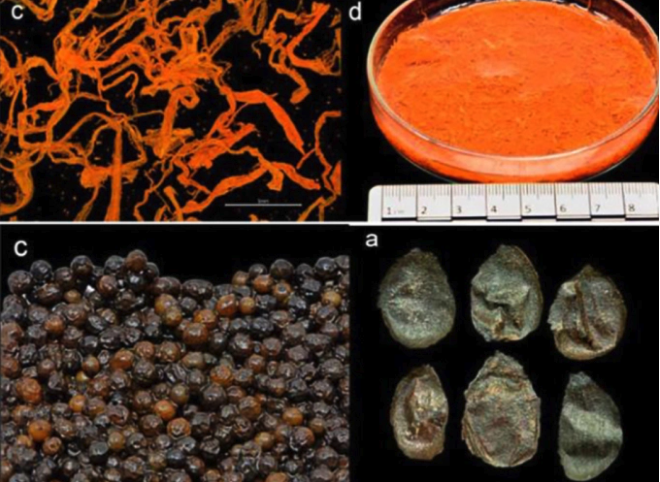
By the time the ship was recovered, archaeologists Mikael Larsson and Brendan Foley from Lund University had found more than 3,000 new specimens in containers on the ship that previous exploration teams had missed.
These specimens include many spices such as ginger, saffron, pepper, mustard, cloves, cumin and nutmeg. In addition, the research team also found many fruits such as black raspberries, red raspberries, grapes and dried flaxseeds used as snacks.
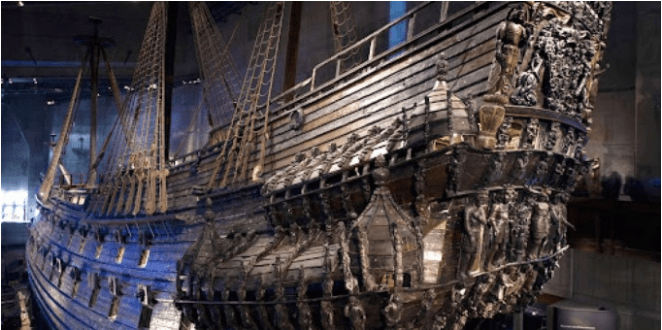
These spices and fruits are preserved very well thanks to the micro-environment created by the ship after sinking to the bottom of the sea. When it sank, the Gribshunden dragged drifting seaweed with it, resulting in thick seasonal deposits of algae. As algae decomposes, it creates localized hypoxic zones, which contribute to the excellent preservation of plant material.
Archaeologists believe that Gribshunden is truly a treasure because no ship of the same period has been discovered before. It can provide them with a lot of knowledge about the golden age as well as the mysteries of navigation through the ocean explorations during the era of Columbus and Vasco da Gama.




